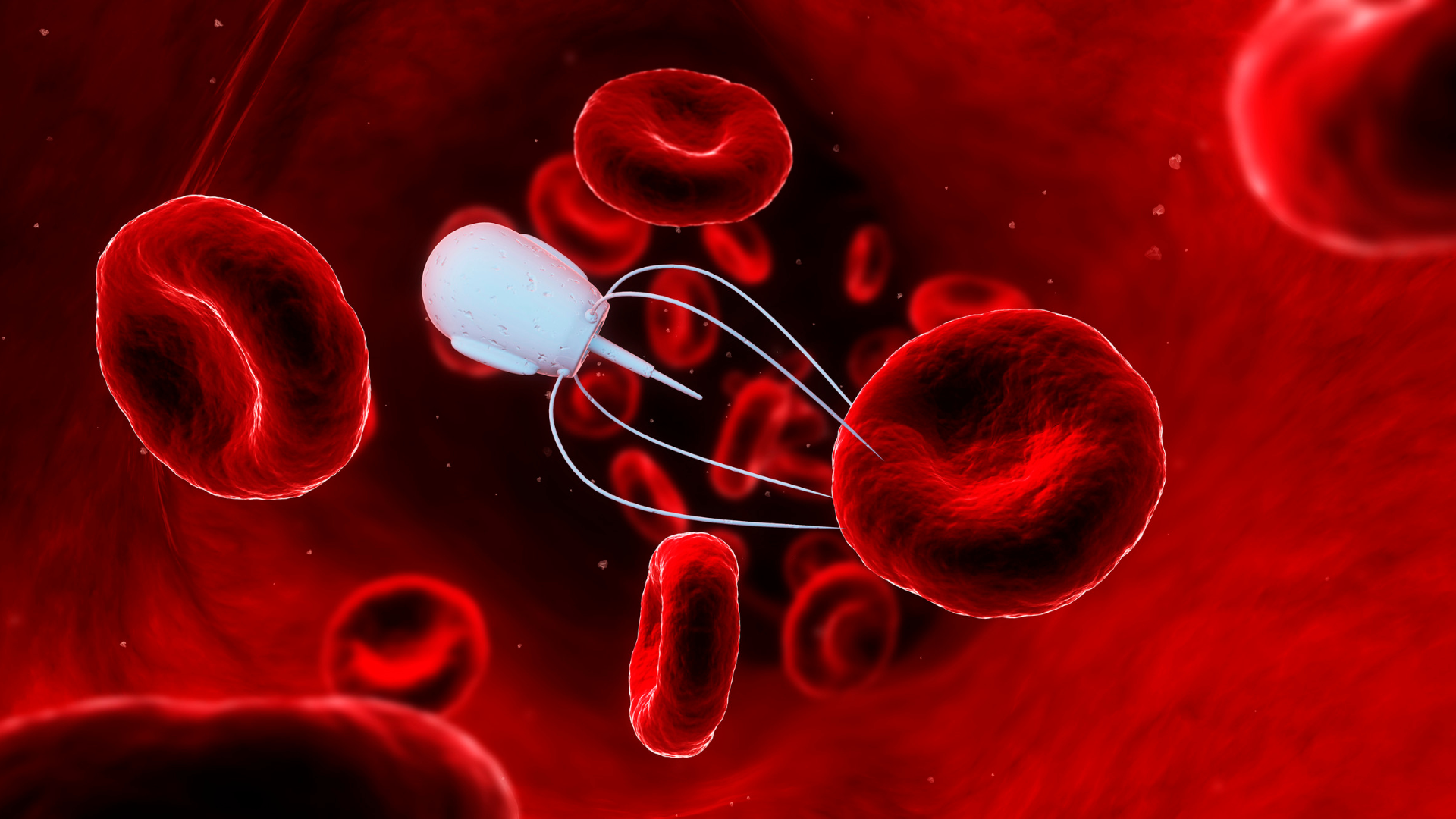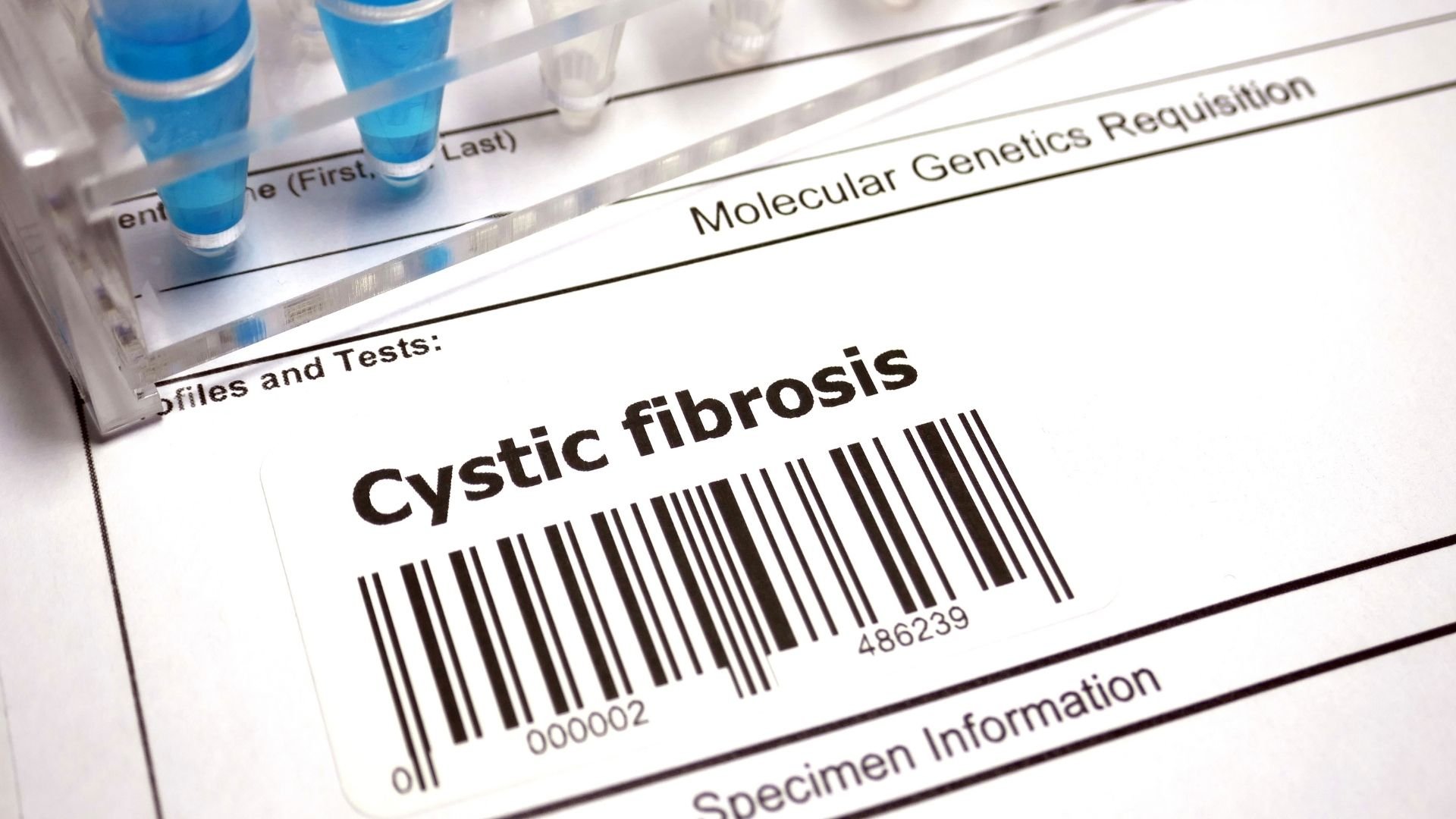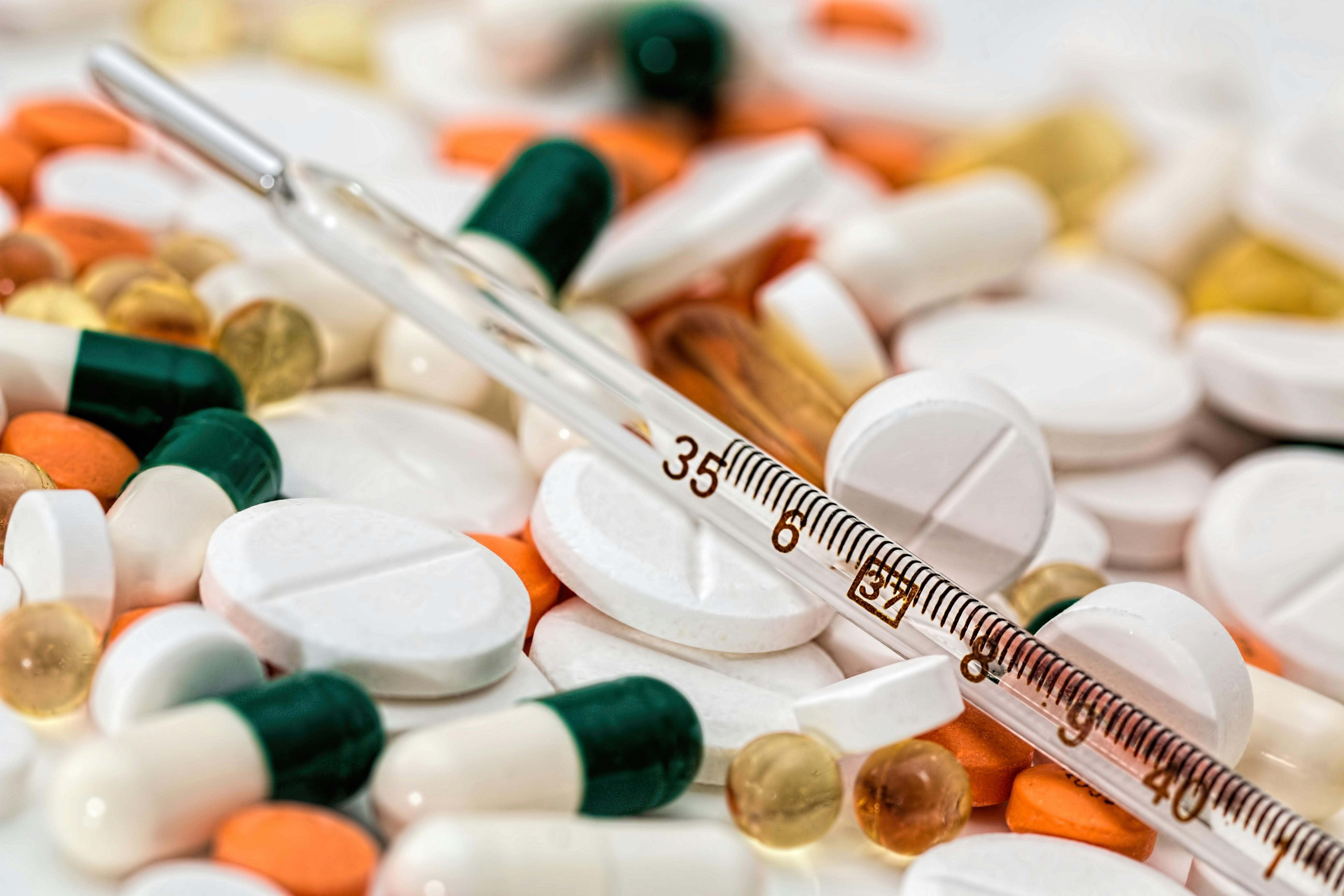Overcoming Challenges in Formulating and Delivering RNA Therapeutics: Insights from Formulation & Delivery US

At Formulation and Delivery US 2022, one of the key issues tackled at the conference concerned RNA drug delivery and the stability issues that formulation scientists need to mitigate along the way. One panel discussing this topic was titled ‘Overcoming Key Challenges In Delivering RNA Therapeutics.’
Erinc Sahin, Associate Scientific Director and Drug Product Development Team Lead at Bristol Myers Squibb, moderated the discussion and discussed his team's need to keep their material dry to mitigate hydrolysis issues. Joining him was Andrew Geall, Chief Development Officer at Replicate Bioscience, who explained that stability issues can arise during the three-unit operation process of mixing, tangential flow filtration, and sterile filtration.
Factors to Consider for the Stability of LNPs
On the subject of improving the stability of LNPs in circulation, Geall recollected when he worked at the inception of Novartis’s LNP program. Here, Geall’s focus for two years was on using LNPs to deliver siRNA to the liver. He said that ethanol dilution was “revolutionary” for this formulation task: “For the first time, we had a scalable liposomal process.” Before the introduction of ethanol dilution, Geall’s team used lipoplexes which were “really complex and difficult to scale.”
RELATED:
- Examining New Technologies for the Delivery of Therapeutics
- Innovative Approaches to Nano Delivery
- Spotlight on mRNA Vaccines: Made But Not Defined by the Pandemic
- From LNPs to AAVs: Overcoming RNA Delivery Challenges
Their formulation process ultimately consisted of three unit operations: mixing, tangential flow filtration (TFF), and sterile filtration. Geall commented that stability can be an issue throughout each stage of the process. Downstream of mixing, the particle has to be stable enough to go through TFF and then survive sterile filtration — “I cannot tell you how many projects have made it all the way through and died at this stage,” said Geall.
TFF
Geall noted the challenges that some of his team faced with the TFF unit. In the case of local injection vaccine applications, they did not want to use PEG, but circumstance forced their hand. The PEG stopped the particle from interacting with the membrane, and therefore they had to perfect the ratio of PEG to the other lipids. “But that was very well defined for the siRNA platforms and pretty much translated,” he said.
Sterile filtration
“Sterile filtration is about picking the right pre-filter, the right membrane material, and getting the right surface area to the amount of cargo going through,” said Geall. He warned that these can be problem areas when scaling a formulation based on LNPs. The physical barriers are important to consider, so too is the composition of the LNP — “not all LNPs are created equal.”
Another critical complication is the instability of RNA: as it hydrolyses, it needs to be lyophilised and therefore survive a freeze–thaw process. There are a whole series of physical barriers which need to be explored early on, to avoid ending up at a dead end. “The decision you make at day zero could impact you when you decide that you want to lyophilise it in phase II/III.”
How do Blood Proteins Impact RNA Drug Delivery and Formulation?
Novartis has conducted a significant amount of work to characterise the mechanism of action of RNA vaccines. Part of this process involved screening a large lipid library for vaccine activity, measuring immunogenicity. They found that some LNPs were very inactive as vaccines but more amenable to other applications, such as expressing luciferase locally or into the liver.
Vaccine application lipids were capable of trafficking cargo through the immune cells and stimulating pattern recognition receptors. In these cases an innate immune response is driven by the cargo. The cargo were large RNAs, self-amplifying systems in the 10,000 base size range. Some lipids had a tropism for the immune compartment and drove an immune response to the RNA vaccine. Others did not, but were much better at helping the expression of proteins. Geall said that the team were not able to figure exactly why this was but speculated that it was to do with serum proteins recoating the particles and redistributing their direction of travel and take up.
Packaging and Desiccant Selection
Erinc Sahin, Associate Scientific Director and Drug Product Development Team Lead at Bristol Myers Squibb, was moderating the discussion and weighed in on packaging and desiccant selection. He explained: “for many lipids, hydrolysis is a liability, so we have to keep our material dry.” This includes both the raw material and the finished drug product that is lyophilised.
One strategy is to have raw materials delivered and stored lyophilised in a secondary pouch with desiccants and dried nitrogen in it. “In some situations where we are dealing with hydrolysis and humidity control is needed, we may have to use old-school strategies which are the secondary container and the desiccant,” said Sahin.
Functional Excipients for Specific Pathways
Another topic that the panel tackled was the regulatory approach to functional excipients for specific pathways. Sahin asked the panel: “should these be treated like APIs?” In the case of LNPs, there may be novel lipids that have higher regulatory burden. Regulators require a series of toxicity testing of ionisable lipids, which Geall said was mostly straightforward in vitro genotoxicity testing.
The final point that Geall touched upon was the possibility of targeting with LNPs. For five years, Geall ran the formulation and CMC group at Avidity Biosciences, developing an antibody–siRNA conjugate which is currently in the clinic for rare muscle disease. “We did lots of work characterising these conjugates. It had to be so well characterised that it was pretty much a second API,” he explained.
Geall’s experience developing this conjugate cemented the idea that there was no such thing as a ‘magic bullet’: “this was as close as you could get to targeted delivery. A DAR 1 (drug-to-antibody ratio) conjugate – one siRNA conjugated to the antibody.” In a series of biodistribution and biological activity experiments, the drug was supposed to reach the muscle, but was predominantly received by the liver. “So tissue tropism is very important to get right.”
Concluding, Geall said: “Can we do targeting on an LNP? It’s not likely.” He added: “The LNP is a particle, so it will go straight to the liver.” Speculating on non-functional delivery in the liver, he said that it could be possible to deliver the LNP to a tissue where there is a receptor in the vicinity — “But it’s not a magic bullet.”
At Formulation & Delivery, learn from and meet leading experts in pharmaceutical science, addressing the critical strategic advances and technical innovation in formulation, drug delivery and drug product development







